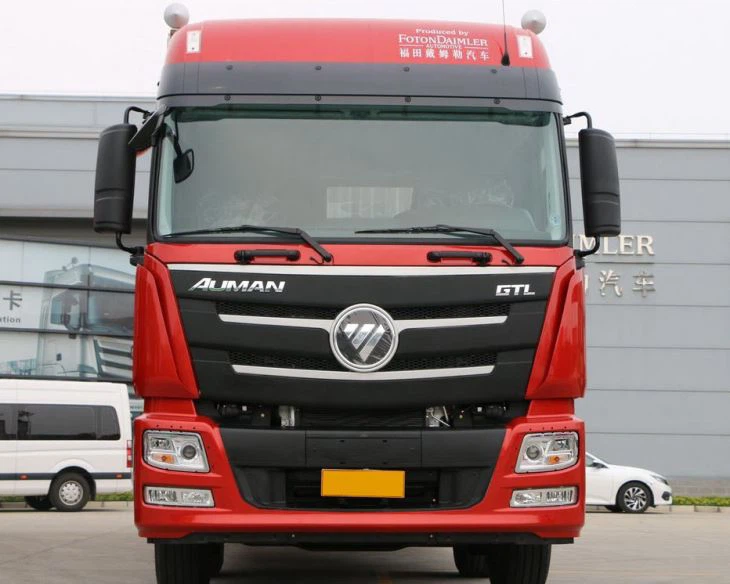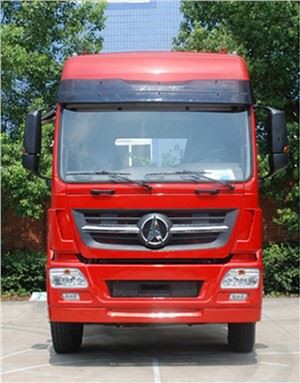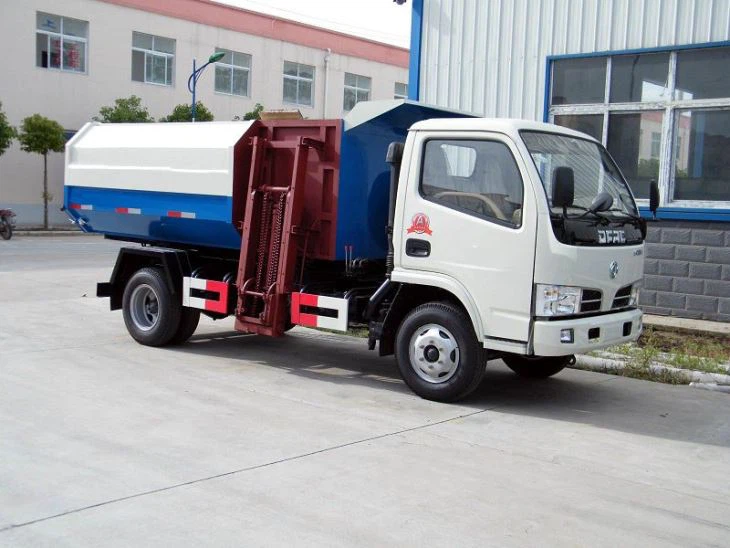Understanding Road Tanker Capacity: A Comprehensive Guide

Road tanker capacity is a critical aspect of the transportation and logistics industry, particularly for companies involved in the movement of liquids and gases. This article aims to provide an in-depth understanding of road tanker capacity, exploring various types, their specifications, regulations, and the factors influencing their design and use. By the end of this guide, readers will be well-equipped to make informed decisions regarding road tankers.
What is Road Tanker Capacity?
Road tanker capacity refers to the amount of liquid or gas that a road tanker can safely transport. It is usually measured in liters or gallons, depending on the region. The capacity of road tankers can vary significantly based on their design, purpose, and applicable regulations. Understanding this capacity is essential for businesses relying on road transportation for their liquid and gas needs.
Types of Road Tankers
There are several types of road tankers designed for different purposes, each with unique capacities and specifications.
Chemical Tankers
Chemical tankers are specifically designed to transport a variety of chemicals. They often have additional safety features to prevent spills and leaks.
Capacity Range
Typical capacities range from 10,000 to 40,000 liters, depending on the chemical’s nature and regulations.
Food Grade Tankers
Food grade tankers are used for transporting consumables, like milk, juices, and cooking oils. They must meet strict sanitary standards.
Capacity Range
Food grade tankers typically vary from 5,000 to 30,000 liters.
Fuel Tankers
Fuel tankers are designed specifically for transporting various types of fuel such as petrol, diesel, and biofuels.
Capacity Range
Fuel tankers generally have capacities ranging from 10,000 to 40,000 liters.
Gas Tankers
Gas tankers transport liquefied gases like propane, butane, or LNG. These vehicles require special materials and designs to handle the pressure.
Capacity Range
Gas tankers typically hold between 3,000 to 30,000 liters, based on the type of gas being transported.
Factors Influencing Road Tanker Capacity

Several factors can influence the design and capacity of road tankers:
Legal Regulations
Different regions have specific regulations regarding the maximum capacity and design of road tankers. These regulations aim to ensure safety during transport.

Vehicle Size and Structure
The physical size of the tanker truck and the materials used influence the overall capacity. Larger trucks with sturdier designs can accommodate greater volumes.
Weight Restrictions
Weight restrictions are crucial for road safety. The total weight of the truck, including its cargo, must not exceed legal limits, which can affect capacity.
Technical Specifications of Road Tankers
Understanding the technical specifications of road tankers can provide better insights into their capacities.
Types of Materials Used
Tankers are typically made from materials like aluminum, stainless steel, or carbon steel, affecting their weight and capacity.
Insulation and Heating Systems
Certain liquids require special insulation or heating systems, impacting the design and capacity of the tanker.
Safety Features
Safety features such as pressure relief valves, baffles, and double-walled tanks can influence how much cargo the tanker can safely transport.
Calculating Road Tanker Capacity
Calculating the capacity of a road tanker can be done using simple mathematical principles. Here’s a straightforward method:
| Parameter | Units |
|---|---|
| Length | Meters |
| Width | Meters |
| Height | Meters |
| Capacity (C) = Length × Width × Height | Liters |
Common Uses of Road Tankers
Road tankers are widely utilized in various industries:
Transporting Fuels
Fuel companies rely heavily on road tankers for delivering gasoline and diesel.
Hauling Chemicals
Industries requiring chemicals for production processes utilize road tankers for efficient delivery.
Food and Beverage Transportation
Food manufacturers use food-grade tankers for safe transportation of their products.
Liquid Waste Removal
Municipal services and waste management companies use tankers to transport liquid waste safely.
Best Practices for Using Road Tankers
To maximize the efficiency and safety of road tankers, consider the following best practices:
Regular Maintenance
Conduct regular maintenance checks to ensure the road tanker is in good condition.
Proper Loading Techniques
Follow proper loading procedures to maintain the stability of the tanker during transport.
Compliance with Regulations
Stay updated with local regulations to ensure compliance when using road tankers.
Future of Road Tanker Capacity
As technology advances, road tankers are becoming more efficient in terms of design and capacity. Innovations such as lightweight materials and smart tracking systems are paving the way for the future.
Technological Innovations
Incorporating technology such as GPS and telemetry can optimize routes and monitor load capacities in real time, enhancing efficiency.
Sustainability Trends
With a growing focus on sustainability, new designs may promote the use of eco-friendly materials and more efficient fuel consumption.

FAQ
What is the standard road tanker capacity in liters?
The standard road tanker capacity can vary significantly by type but generally ranges from 5,000 to 40,000 liters.
Are there regulations regarding the maximum capacity of road tankers?
Yes, there are regulations that vary by country and region to ensure the safe transport of goods.
How can I calculate the volume of a road tanker?
The volume can be calculated using the formula: Length × Width × Height, provided you know these dimensions.
What types of liquids can be transported in road tankers?
Road tankers can transport a wide variety of liquids, including fuels, chemicals, food liquids, and waste materials.
What safety features should I look for in a road tanker?
Key safety features include pressure relief valves, proper insulation, baffles, and double-walled designs.
How often should road tankers be maintained?
Regular maintenance should be performed at least once every six months or as per the manufacturer’s guidelines.
